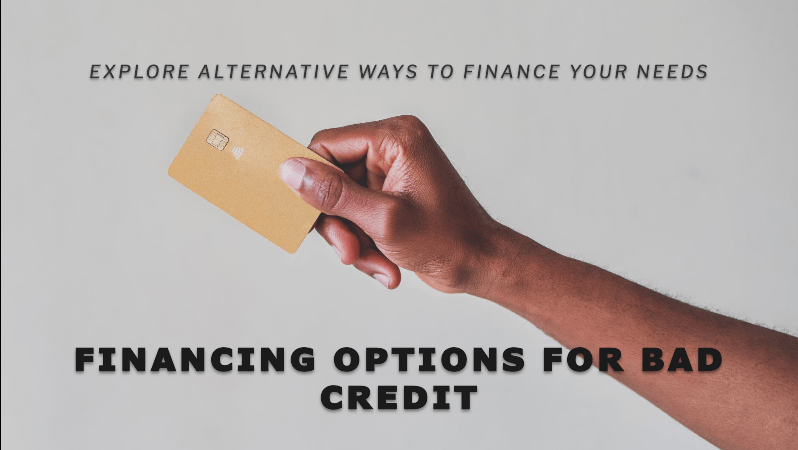DeFi or decentralised finance loans are one of two types of crypto loans; They are direct loan services with no third parties in between. They also don’t need an account with a confirmed identity. DeFi loans closely follow these main aspects of the blockchain systems that operate all bitcoin and cryptocurrency.
How are these loans used and what are the advantages? Let’s discuss it further.
How do they work?

DeFi loans have the same operations as centralised crypto loans. They have two main differences: Centralised loans are facilitated by third-party service providers such as a cryptocurrency exchange that hosts online accounts. Your identity is also verified to have proper identification on your account.
DeFi however uses peer-to-peer crypto lending, and algorithms with automated processes – These are smart contracts, open-source blockchain protocols that handle DeFi crypto loans. The financial data is transparent and recorded securely with blockchain tech instead of the older processes used in centralised crypto loans, which includes human work.
You deal directly with the crypto loaner by sending your application and the crypto loan collateral to their wallet. Your personal data and identity are not included and KYC or Know Your Customer ID verification is not used. This enables data and privacy protection for both parties and makes transactions faster.
Advantages of a Decentralised Finance Loan
The main working features of DeFi loans may present advantages for crypto borrowers, based on how they would use these loans.
- No identity verification and confirmation needed – Only the financial data is stored in the blockchain. Everything is secure and has a transparent trail of transactions open to the public. Identity and personal data are not verified in these transactions. Your data and private information are protected. This makes crypto loans easier and less time-consuming to get.
- No need for a third-party service provider – This eliminates extra processes and fees. The decentralised crypto loan provider uses blockchain codes to process your loan which also eliminates the need for ID verification. It also gives you other options of where to loan cryptos that may be more suitable.
- The higher interest rates mean better returns for lenders who loan out their crypto. Meanwhile, investors who loan crypto can also cash in when they know how to game the bitcoin, Ethereum, or other cryptocurrencies they used for collateral, based on proper timing and the market performance of the tokens
- The use of open-source blockchain tech, dApps or Decentralised Apps, and peer-to-peer direct crypto loans, make it faster, easier, and more convenient for crypto borrowers and investors. Centralised crypto loans can be denied or rejected by third-party crypto exchanges and service providers.
DeFi loans and crypto formats
Ethereum is the most used and traded crypto on DeFi loans and related applications. Other common cryptos used are Polygon, BSC, and Bitcoin.
Aside from the actual loan use of crypto, many investors and traders use these loans to buy other crypto forms and do trades, exchanges, or other investments. Both sides of a loan can be used for investing, either the crypto used for collateral or the loaned crypto. This adds more investment options for those who are experienced in the crypto markets.
Important DeFi Crypto Loan Terms
To understand Defi crypto loans more, we’ve compiled some of the more common terms used in DeFi applications.
- Alternative savings apps: You can loan out your crypto in digital cash pools that are collectively invested in crypto loans. There is no third party involved. The DeFi system takes care of processing the interest rate earned and is distributed equally to all investors.
- Analytics: DeFi’s expanded markets today use crypto analytics work. This is to study behaviors, trends, forecasts, and other factors involved in the industry. It applies to crypto as it does stock markets and finance for non-crypto money.
- Assets management tools: These are DeFi loan facilities, such as apps and wallets and other services applicable to crypto that are maintained by the users. The borrowers and investors do their own account management.
- Assets tokenisation: Assets can now be digitally converted into crypto. You can tokenise real-world tradeable financial and property assets into blockchain tokens with the corresponding value. This makes it easy to trade different properties and values now using this type of crypto.
- Dao: Decentralized Autonomous Organizations are made up of blockchain smart contract systems that process DeFi transactions. Each DAO uses one main crypto, usually Ethereum, and others such as Crown, Dash, and Stream.
- Derivatives: These are contracts between parties. Each contract carries the price value of the approved financial asset represented in it.
- Exchanges: These apply only to DEX or Decentralised Exchanges. They are independent and decentralised portals that handle all DeFi crypto loans and applications.
- Infrastructure: DeFi infrastructure refers to the group of smart contracts, blockchain protocols, and other crypto tech used in dApps, or DeFi apps, in all crypto loans.
- Insurance: It is now available for DeFi crypto trading and investing. It also covers crypto loans depending on the extent of the insurance policy bought and the insurance company that offers them. Most of them are extensive and cover major crypto transactions.
- KYC identity – Know Your Customer or KYC is the verification of your identity for your crypto account. Decentralised crypto loans don’t use this for data privacy and protection. Centralised crypto loans use this system for crypto exchanges and third-party service providers. They are used for proper documentation of transactions and to avoid fraud and money laundering risks.
- Lending – Decentralised lending lets you borrow in crypto or stablecoins with an added investment option on the crypto used as collateral. The loaner earns interest for lending crypto or stablecoins.
- Margin trading – This allows investors to buy crypto beyond their current budget. They borrow a certain amount from the broker to cover the extra needed funds to buy the number of cryptos preferred. The investor pays back the borrowed funds with interest.
- Marketplaces – a Decentralised Marketplace online is where you can get trades, investments, and financial products and services offered without centralised crypto structures. The processes are done via peer-to-peer and decentralised blockchain systems and are only for decentralised crypto transactions.
- Payments – these are DeFi apps and blockchain protocols that allow payments for off-chain and off-blockchain assets.
- Prediction markets – These are dedicated DeFi prediction sites and guides online to gauge and predict upcoming prices, changes, or trends. They may be dedicated to a main crypto form, or are all-inclusive.
- Stablecoins – Every time we borrow crypto, we receive them in another cryptocurrency as stablecoins. They carry the value of the Bitcoin or other crypto that was loaned to us. They are much stable in price value and can also carry the value of other assets and currency.
- Staking – Your crypto is used in staking pools or staking services where it can earn interest. These services are offered by staking service providers. Your DeFi crypto is processed as an investment using smart contracts in the blockchain.
- Yield aggregators – These are dApps that maximise trading and investment results. DeFi protocols and strategies are combined to unlock the best strategies and maximise price profits. They can be used in conjunction with staking, which is a savings account of sorts for your crypto to grow from its use with interest.



